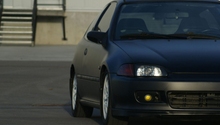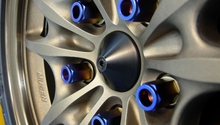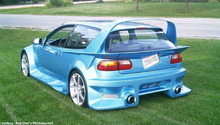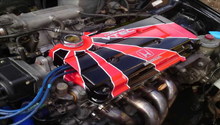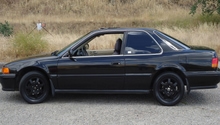Honda: Paint Modifications
Painting your car or wrapping it in vinyl is one way of updating your car's look without outright replacing it. This article will inform you of the different ways to change your Honda Accord's or Civic's exterior look.
This article applies to the Honda Civic (1992-2000), and Accord (1990-2002).
Changing the color of your car is one way of getting a new ride without having to buy one. You can easily do it yourself as long as you’re willing to remove everything from your car before you begin, which includes the engine, seats, dashboard, console, and trim pieces. You also must be willing to spend the time prepping your car for a paint job. If you don’t remove the old coat of paint, you risk the finished product looking muddy or outright bad. Plus, painting your car is a time consuming project. You may be able to do it in a few days, whereas a professional may ask to keep your car for upward of a week. This is to make sure that each coat of paint dries before an additional coat is added.
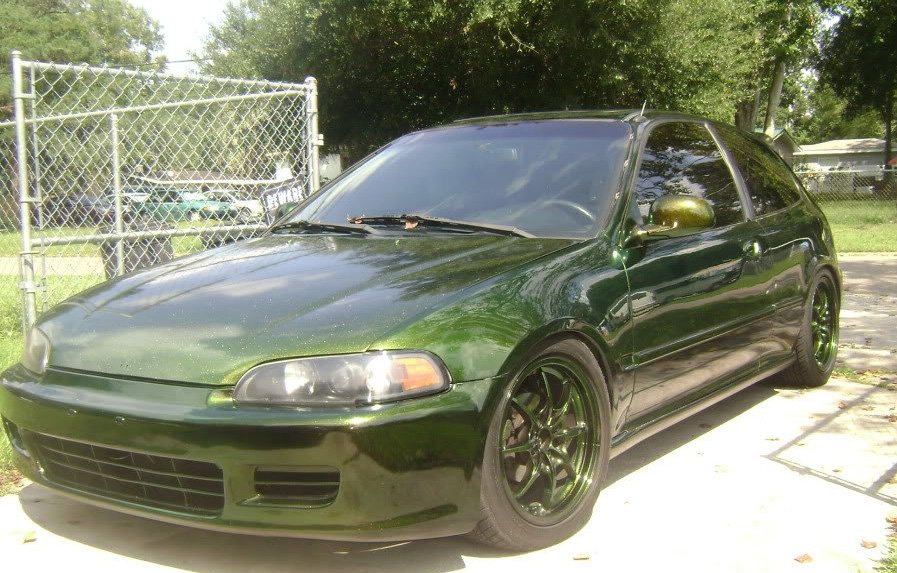
Metallic Paint
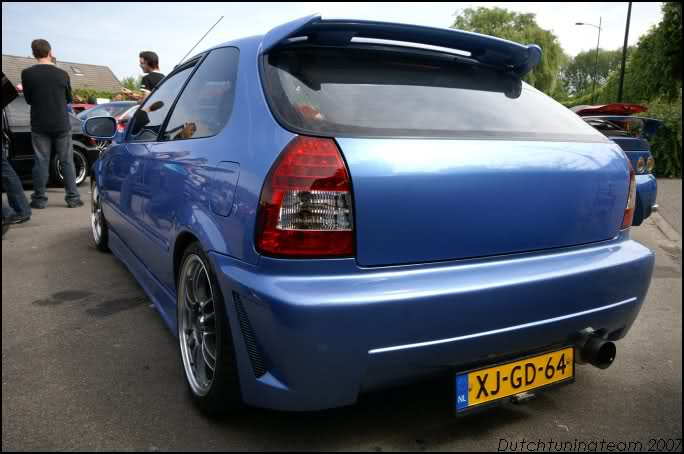
DIY Cost – $100-$200 per quart of paint
Professional Cost – $1,500-$2,000
Skill Level – Moderate; this is time consuming.
Using metallic paint will help your ride shine and sparkle under the right lighting conditions. A metallic paint job may also increase your car’s resale value, especially if you’re selling to an individual who places a premium on a car’s metallic color and sheen. Using metallic paint also helps hide scratches or dings, and is usually fade-resistant. Keep in mind that repairing damages or scratches is harder, especially if you don’t have spare paint handy. Matching metallic colors is difficult, but not impossible. However, it's also more expensive than flat paint. Recommended for its shine and sparkle.
Flat Paint
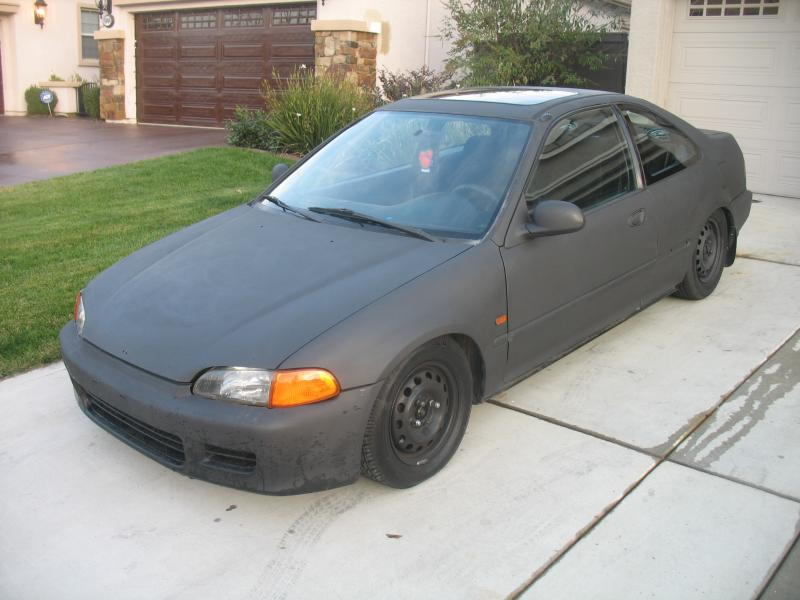
DIY Cost – $40-$75 a gallon
Professional Cost – $800-$1,200
Skill Level – Moderate; this is time consuming.
When deciding which paint job is right for you, keep in mind that it's much cheaper to paint a car with a flat or matte color than any other type. If you decide you want to paint it a different color at some point down the road, removing flat paint is easier than removing other types of paint. Despite that it is cheaper paint and cheaper labor costs, this paint job is still a popular choice for sports cars in general. Recommended for its low cost.
Vinyl Wrap
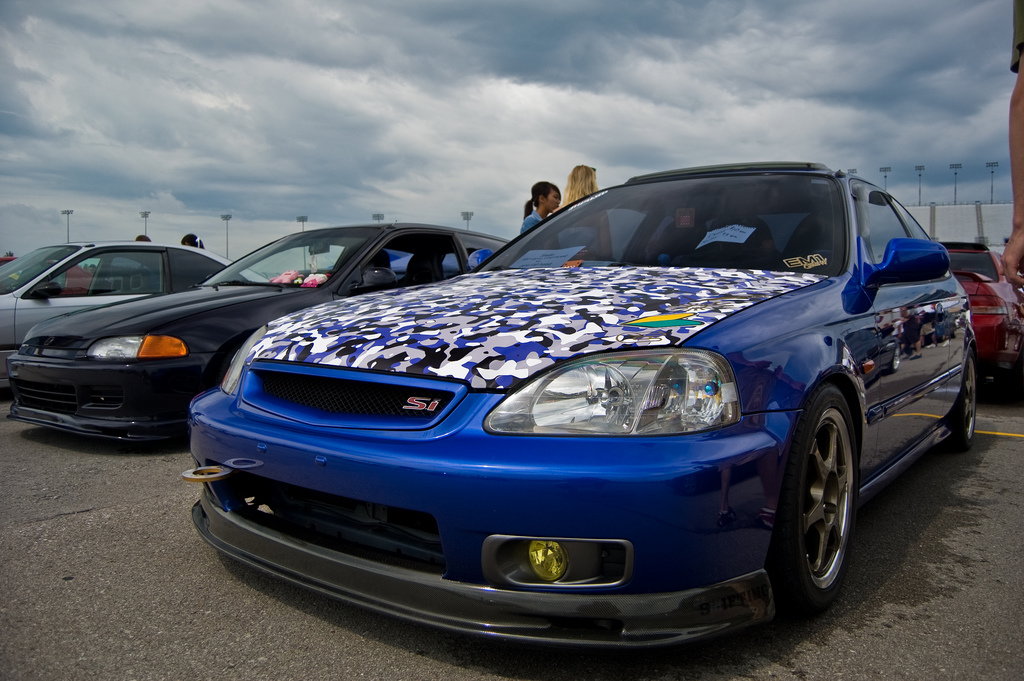
DIY Cost – $600-$1,000 for the vinyl wrap
Professional Cost – $2,000-$3,000
Skill Level – Moderate to hard; the vinyl needs to be cut precisely, and applied flat to avoid any wrinkles.
Applying a vinyl wrap is more expensive than painting your car, and it requires much more precision than a paint job does. While you can buy vinyl wrap in a number of colors, finishes, as well as patterns, the wrap comes in sheets and you must cut it to fit your car. You must also apply it carefully and slowly because if you go too fast, you might cause the vinyl to wrinkle. While you can peel it up and reapply it, the more you have to pull the vinyl off, the more likely it will lose its adhesive and begin to pull away from your car. On the plus side, if you’re careful, you can remove the wrap without damaging your car’s original paint job. Recommended for its different color, finish, and pattern options.
Candy Paint
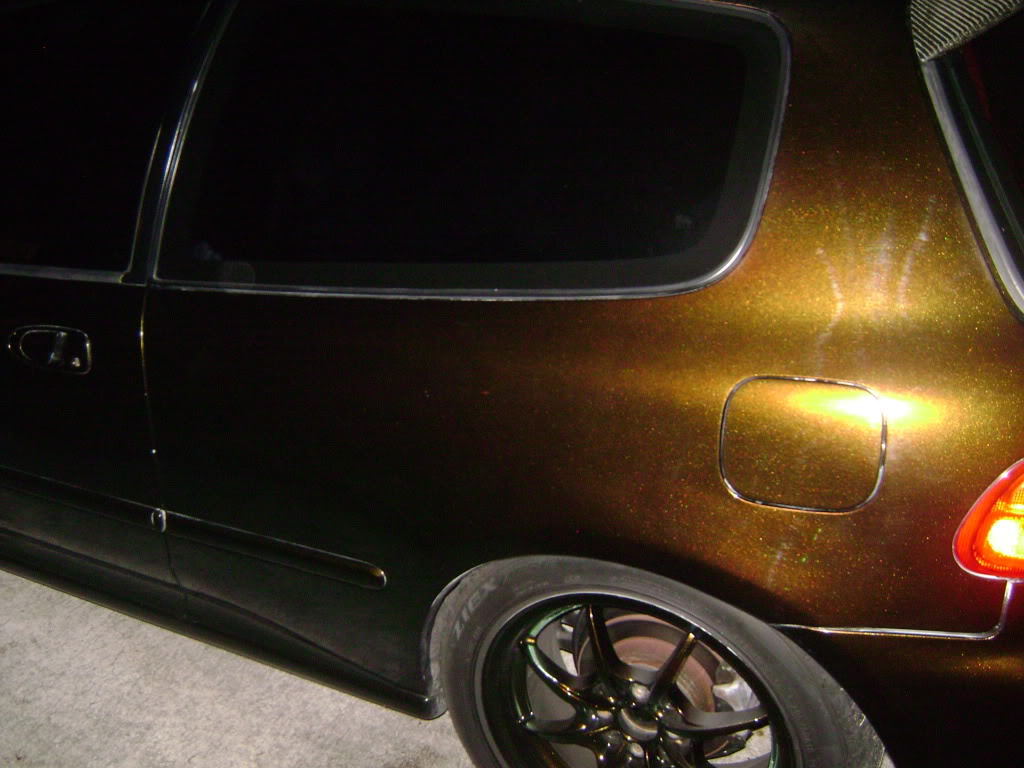
DIY Cost – $400-$600+ per gallon
Professional Cost – $6,000-$8,000
Skill Level – Hard; multiple layers of paint and coat will need to be applied to create the perfect candy-coated look.
A candy paint job includes a clear coat, a reflective base coat, and the candy paint coat itself. You may also hear a candy paint job called “tricoat” or "three-stage finish systems." The more coats you apply, the more likely your car will look “wet” when dry. One downside of using candy paint is that it is not fade-resistant. Candy paint often fades, and becomes washed out within one to five years of application. You can find UV-resistant clear coats, but this will only slow the fading process and not outright eliminate it. Evenly applying candy coats is also more difficult than applying other types of automotive paint. Using candy paint gives you more options than using other types of automotive paint, but only because the number of layers you apply affects the final color. The base color you use also affects the final color. Some automotive enthusiasts like experimenting with base colors and the candy coat color itself, creating colors that you won’t find in any box of crayons. Recommended for its color combinations.
Featured Video: Painting with Candy Colors
Related Discussions
- 6G 1996-2000 Honda Civic OEM Colors - Honda-Tech.com
- Rattle Can Paint Jobs - Honda-Tech.com
- Level 7 Motorsports EK build - Honda-Tech.com
- EK Civic Candy Paint - Honda-Tech.com
- 1993 Honda Civic with Candy Chameleon Paint - Honda-Tech.com

